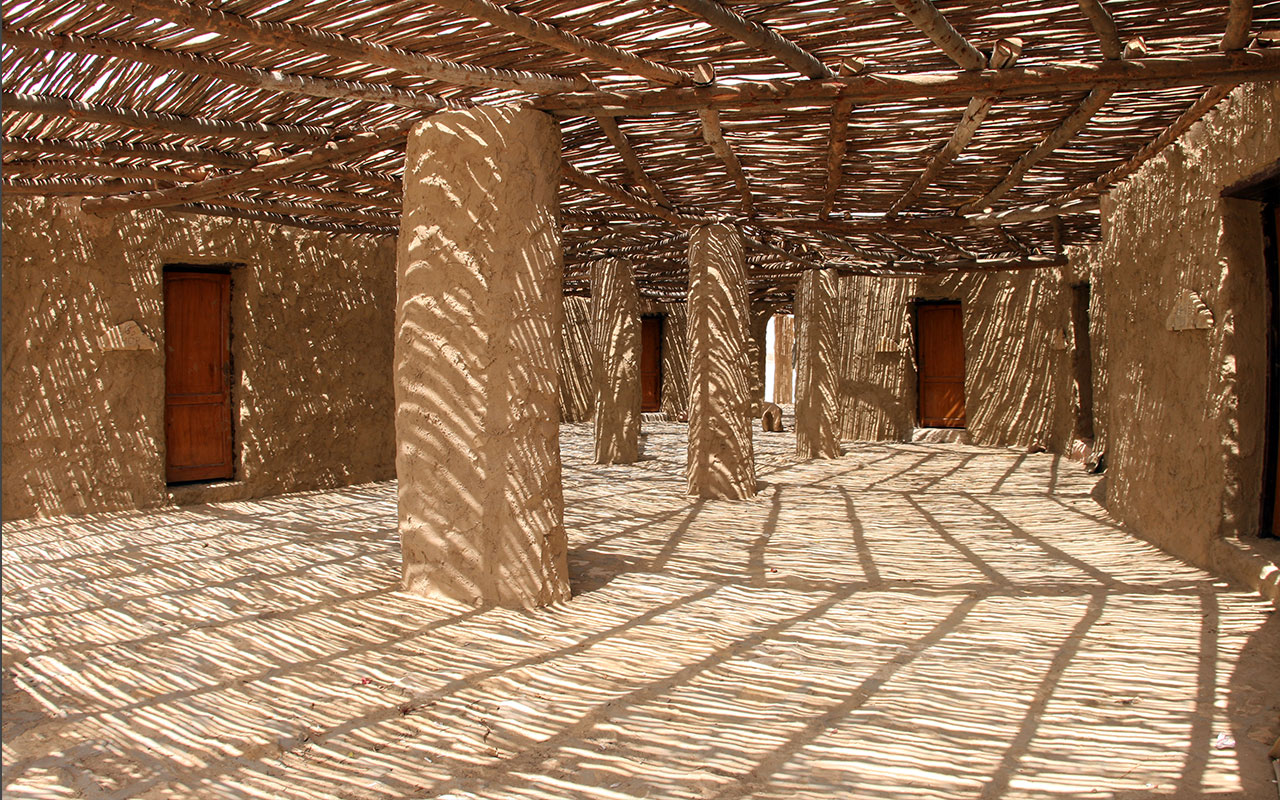White Desert National Park infrastructure
This project featured integrated architectural and exhibit design and construction services for the park’s infrastructure including amelioration of its visitor center.
The White Desert was declared a national park in 2002 as an area of outstanding natural beauty, it now covers an area of 3900 km2. Visitors to the park will marvel at the white chalk inselbergs, carved by nature into fantastical shapes. Lying on the ground, small calcite crystals together with fossils and black nodules of iron pyrites can be spotted. Elsewhere in the park, small uninhabited oasis and the scattered mini-depressions are a surprising feature in the desert as they create small patches of green that contrast with the golden-beige sand and the white chalk. The visitor may catch a glimpse of the-ever present fox, the Sooty falcon or other secretive desert wildlife.
Our design and construction of facilities for empowering conservation, managing visitors and serving ecotourism included renovation of the visitor center, audio visual exhibits , ticket office, guard outpost and entry landmark. The existing visitor center is located in the town of Farafra 13 km from the park's southern border, it was originally built in an unfitting style and had to be redesigned and renovated. We redesigned the elevation utilizing the oasis vernacular mud architecture which is rooted in the region's traditions; as is evident in the nearby old village of Qasr. The grounds' landscape mimics the region’s natural and surrounding landscape with palm trees over mounds which are intended - over time - to be “vegetative mounds”. Tamarix , halfa and other wild species are encouraged to germinate. The exhibits introduce the park's fantastic geology, flora, fauna and its captivating landscapes. It also presents the local culture and the region's history. An audio presentation available in 3 languages was designed to take visitors on a tour along the entire exhibits in 20 minutes.
* The construction of these facilities was made possible with the support of EEAA, the Government of Italy and UNDP.




